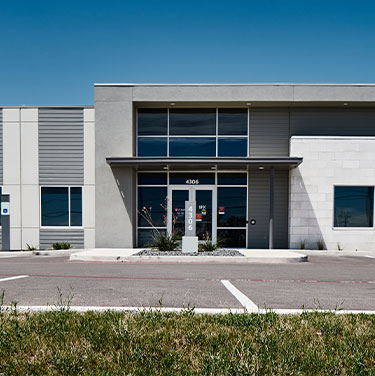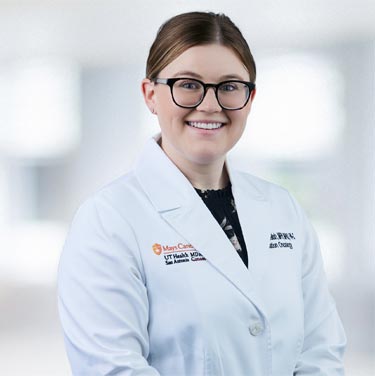Mays Cancer Center led studies of innovative breast cancer drug that recently gained FDA approval
The Mays Cancer Center, home to UT Health San Antonio MD Anderson Cancer Center, was the lead site for a study evaluating Phase I and Phase III clinical trials for elacestrant, a treatment for postmenopausal women and adult men with ER+/HER2- advanced or metastatic breast cancer. The U.S. Food and Drug Administration on Jan. 27 announced it approved the […]
KSAT 12: Lymphedema Treatment Act will cover what health insurance doesn’t
Anton Fries, MD, PhD, chief, Division of Plastic and Reconstructive Surgery, was interviewed for this news segment. Watch Now
Margaret Walsh, PA-C Radiation Oncology
Lymphedema Surgery
Lymphedema surgery gives hope for healing when medical therapies alone are not successful. Mays Cancer Center, home to UT Health San Antonio MD Anderson Cancer Center, is the only program in South Texas offering this advanced treatment. Our services consistently shrink swollen limbs, giving patients much-needed symptom relief.
Fertility Preservation
At Mays Cancer Center, home to UT Health San Antonio MD Anderson Cancer Center, our holistic approach includes fertility preservation services. You have access to highly skilled specialists and a wide range of options.
Amelie Ramirez named to San Antonio Women’s Hall of Fame
Amelie Ramirez, DrPH, MPH, leader of Salud America! at UT Health San Antonio, is among 15 new inductees to the San Antonio Women’s Hall of Fame. The San Antonio Women’s Hall of Fame has annually inducted women from Bexar and surrounding counties who have shaped the future of San Antonio and paved the way for women […]
Study shows immunotherapy before and after surgery for advanced melanoma lowers recurrence
Mays Cancer Center at UT Health San Antonio melanoma expert Monte Shaheen, MD, was part of a team of investigators that conducted a phase II clinical trial to determine the efficacy and safety of administering the immunotherapy drug pembrolizumab before and after surgery in high-risk melanoma patients.
New Registered Dietitians
Dietitians are nutrition experts who help patients manage the side effects of cancer treatment, slow or stop unintended weight loss and feel stronger.

 Close
Close

